1. Flatworms: Nature’s Brain Regeneration Champions
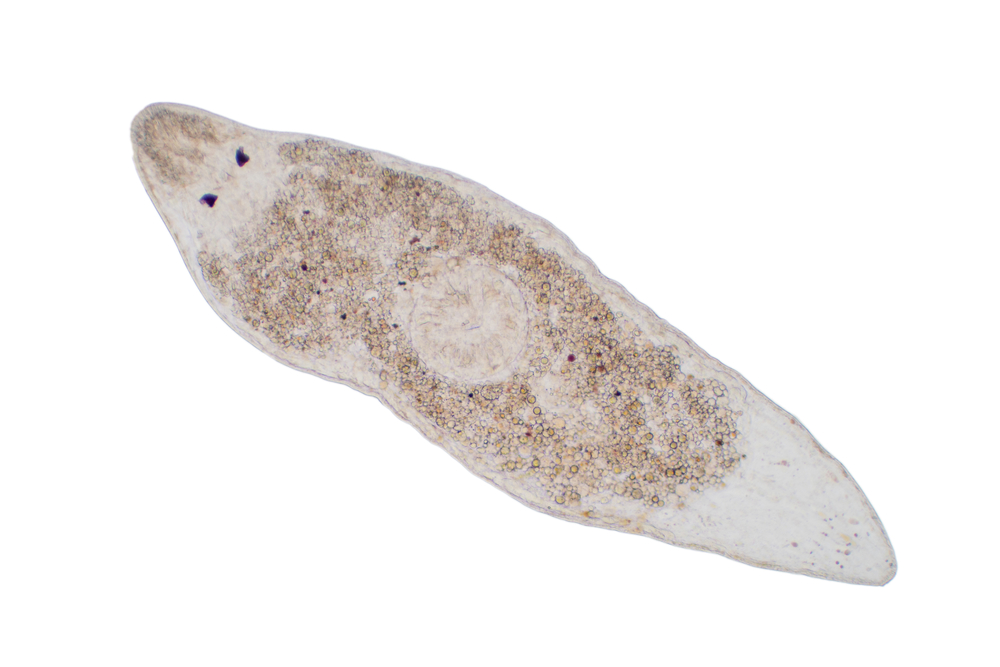
According to Science Direct, flatworms, or planarians, might look like harmless little blobs, but they’re the poster children of brain regeneration. These creepy-crawlers can regrow not only their tails or heads but entire brains if necessary. Chop one in half, and you’ll end up with two fully functioning flatworms, both capable of independent thought (well, as much as a flatworm can think). Scientists are fascinated by this ability, as it could hold secrets for regenerative medicine.
Flatworms accomplish this miraculous feat using a special type of stem cell called neoblasts. These cells can transform into virtually any cell type, including neurons, making them a hot topic in the world of biology. What’s even wilder? Flatworms retain memories from their old brains after regrowing a new one! So, if you teach a flatworm a trick (like navigating a maze), its newly grown brain will still “remember” it. How terrifying and fascinating?
2. Sea Squirts: Brain-Discarding Shape Shifters
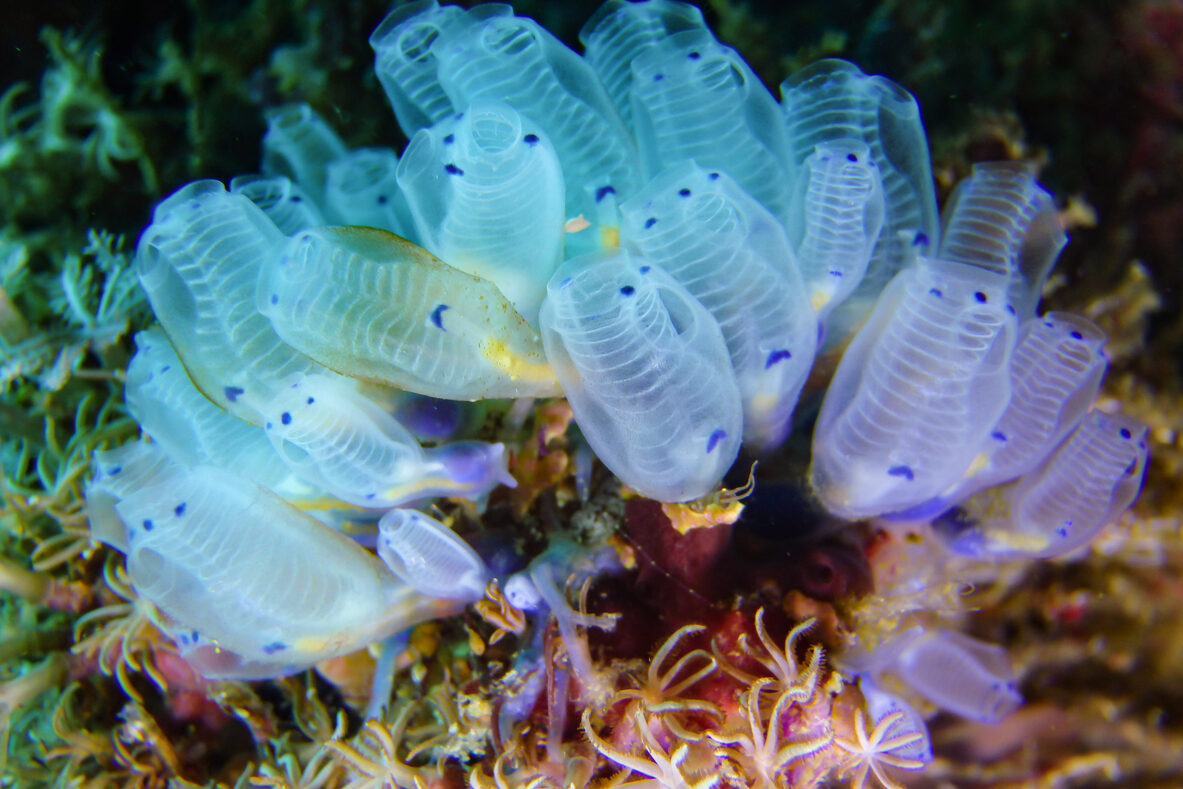
Sea squirts have one of the weirdest life stories in the animal kingdom. When they’re young, these little ocean creatures swim freely with a tiny, functioning brain. But once they find a spot to settle, they don’t just grow roots—they literally absorb their own brain! Yes, they devour it as if to say, “I won’t be needing this anymore.”
While their behavior seems unsettling, sea squirts provide valuable insights into how brains can adapt and evolve. Scientists believe their ability to discard and partially regenerate neural tissue could help us understand how to repair damaged brain cells. Imagine what we could learn from creatures that casually eat their brains and then keep thriving. It’s equal parts creepy and awe-inspiring!
3. Zebrafish: The Miracle Swimmers of Regeneration
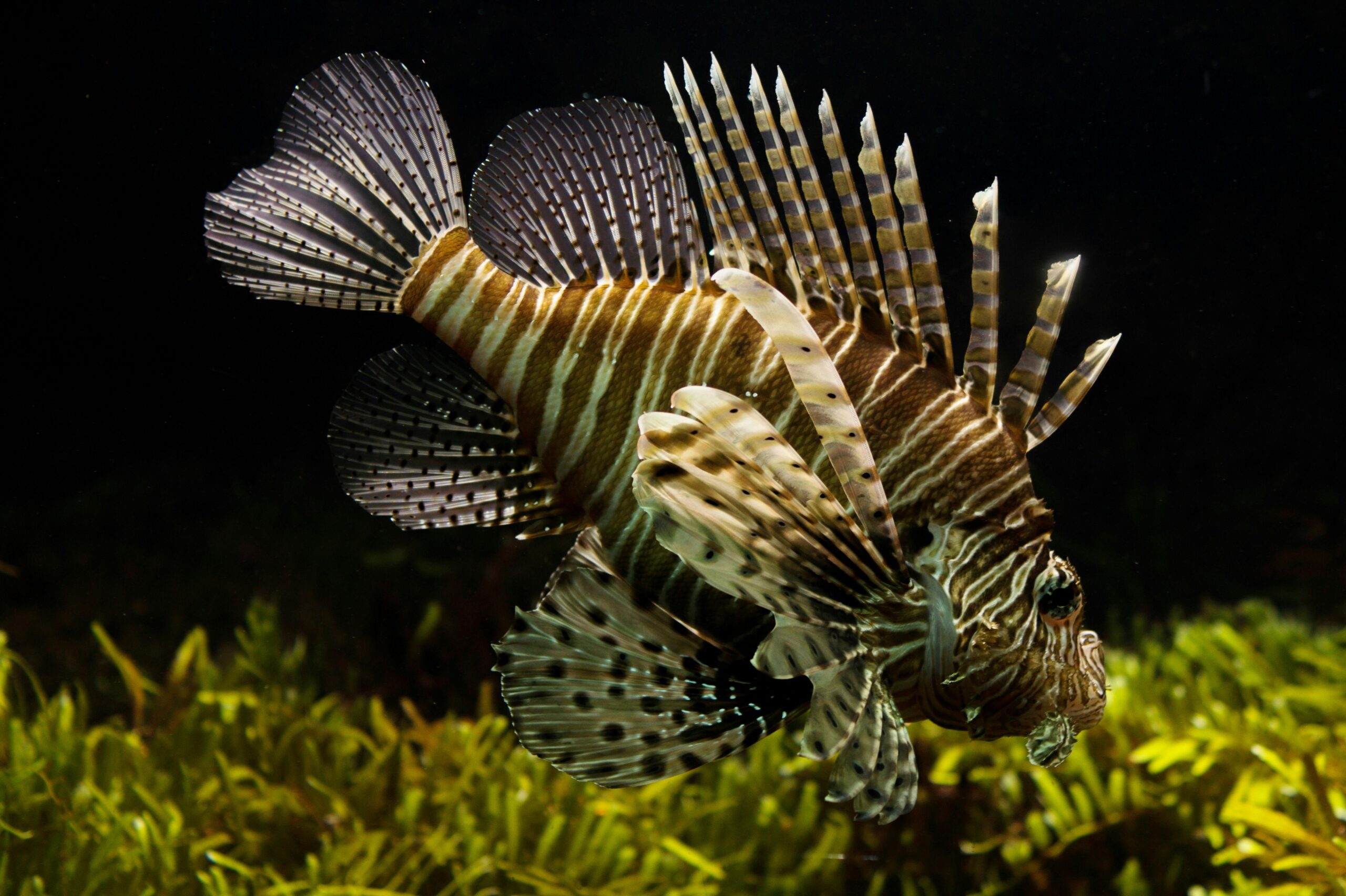
Zebrafish are beloved in scientific research for their astounding regenerative abilities. These little fish can regrow parts of their brain if damaged, even after significant injuries. Their neurons regenerate so effectively that scientists have been studying them to understand how we might apply similar techniques to human brain injuries.
What’s truly mind-blowing is how zebrafish maintain functionality during the regeneration process. They keep swimming, eating, and doing fish things while their brains heal themselves. Talk about multitasking! If anything, zebrafish remind us that the animal kingdom has been tackling problems like brain damage for millions of years, long before we even knew what a neuron was.
4. Axolotls: The Cute Yet Creepy Brain Regenerators

The axolotl, often called the “Mexican walking fish,” is an amphibian with an almost supernatural ability to regenerate. Famous for regrowing limbs, spinal cords, and even parts of their hearts, axolotls also regenerate portions of their brains when damaged. And they don’t just heal—they restore full functionality, as if nothing ever happened!
This adorable amphibian is a favorite among researchers, not just for its cuteness but for its regenerative prowess. Axolotls can regrow neurons, blood vessels, and glial cells, which are all essential components of the brain. Imagine what we could achieve if we unlocked this capability in humans! While they may look like harmless, smiling creatures, their brain-healing abilities are nothing short of terrifyingly impressive.
5. Starfish: The Brainless Survivors
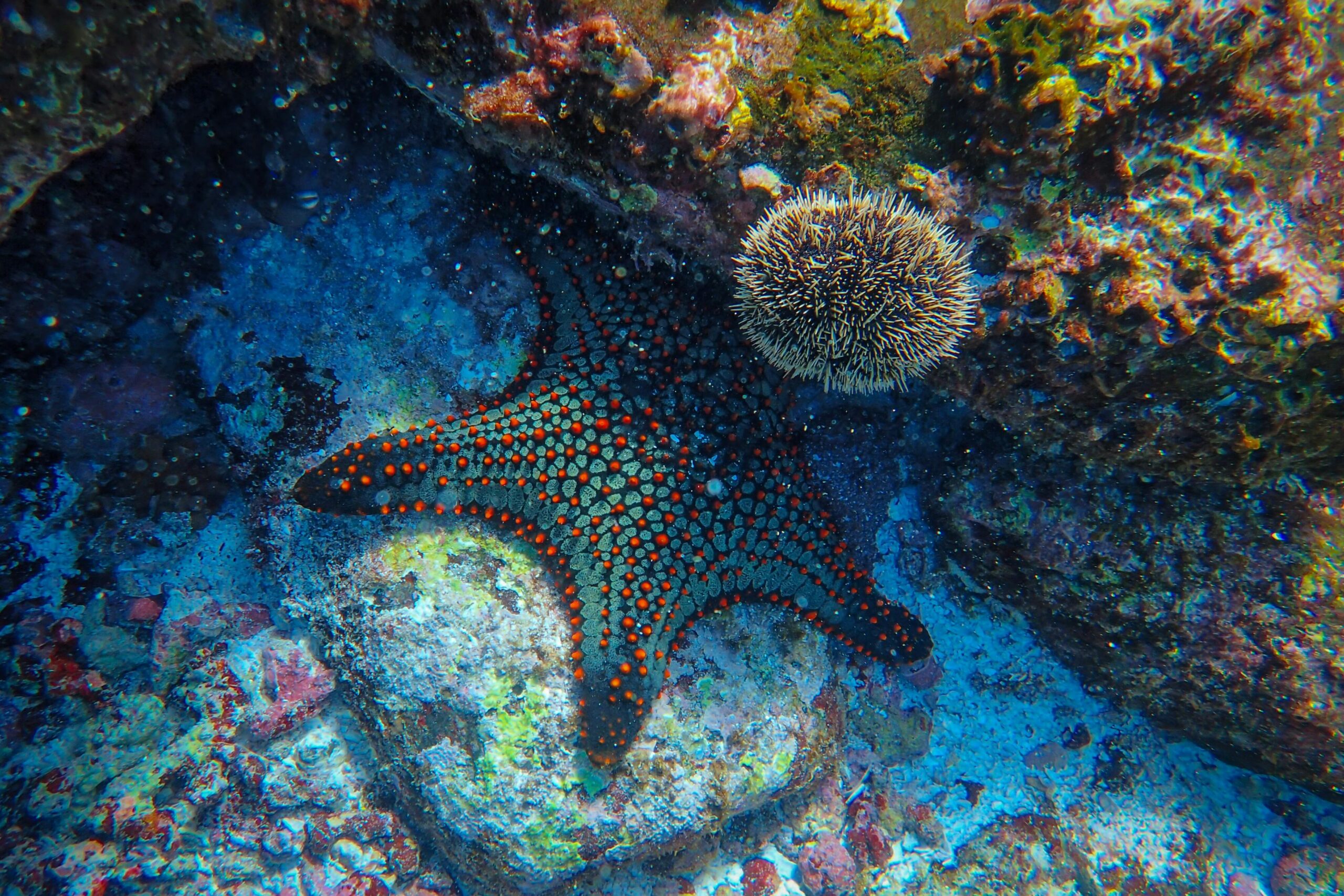
Starfish don’t technically have a brain, but their nervous system is so sophisticated that it might as well be one. What’s even more fascinating is their ability to regenerate this network if damaged. Lose a limb? No problem. Lose part of their nerve ring (their brain equivalent)? They’ll just grow it back.
Starfish prove that brains aren’t the only way to navigate and survive in the world. Their decentralized nervous system can regenerate to restore all their sensory and motor functions. While they’re not plotting world domination anytime soon, the resilience of these brainless wonders is both baffling and inspiring.
6. Octopuses: The Mastermind Regenerators

Octopuses are often regarded as the geniuses of the ocean, and their brains are just as impressive as their problem-solving skills. While octopuses can’t regrow their entire brain, they can regenerate parts of their nervous system that connect to their arms. Each of their eight arms has its own mini nervous system, almost like a brain extension, which can heal and regenerate after injury.
This ability ensures that octopuses remain agile hunters, even after sustaining injuries. What’s more, their regenerated nerves retain the same functionality as before, making it seem like the injury never happened. The intelligence and adaptability of these creatures are already astonishing, and their regenerative capabilities only add to their mystique. If you think octopuses are fascinating now, imagine what they’d be like if they could regrow their whole brain—terrifyingly unstoppable!
7. Salamanders: The True Regeneration Kings
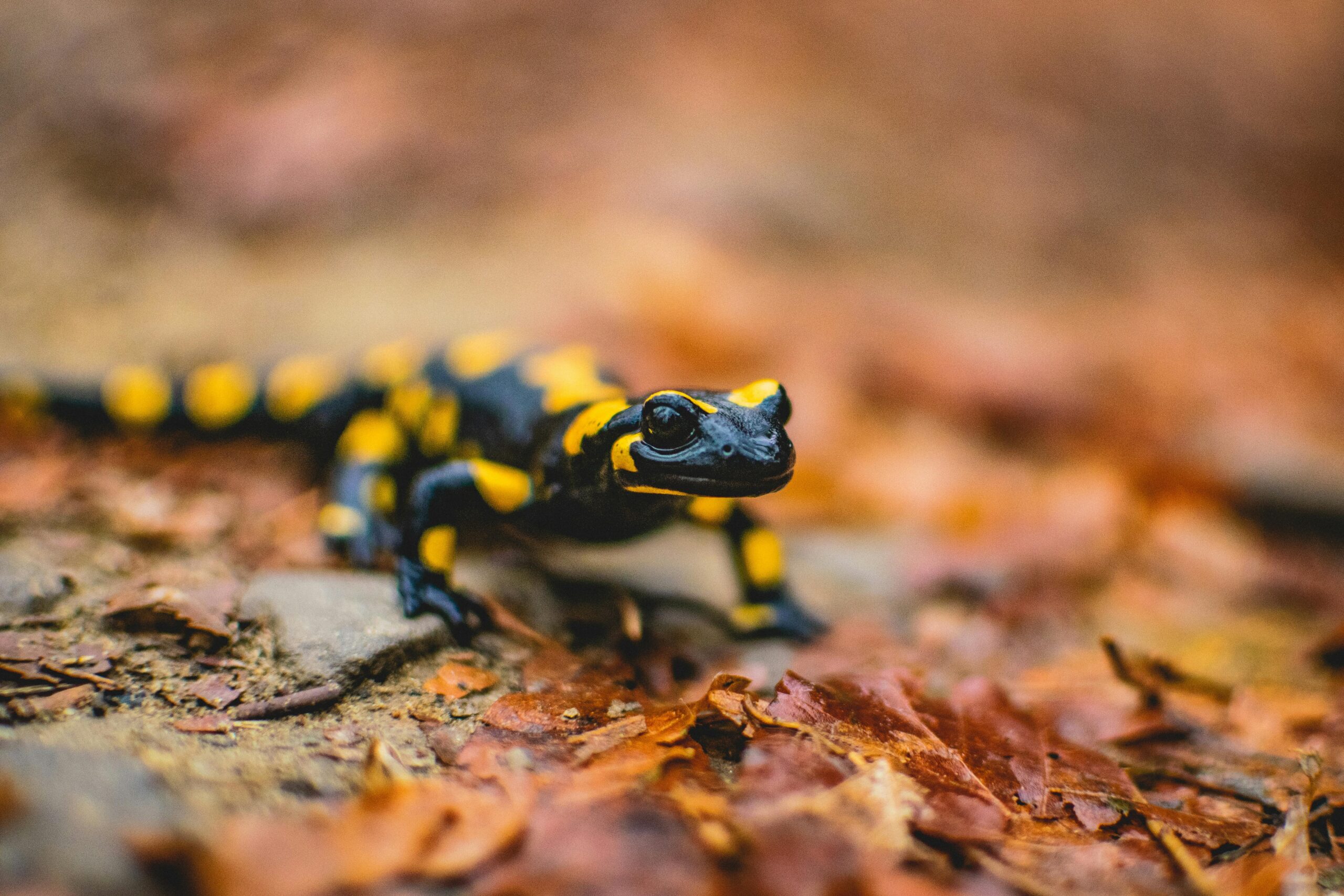
Salamanders are nature’s ultimate regeneration machines. While they’re famous for regrowing limbs and tails, they can also regenerate sections of their spinal cord, heart, and yes, even parts of their brain. This ability makes them one of the most versatile and resilient creatures in the animal kingdom.
What’s even more shocking is how salamanders regenerate these complex systems without forming scars, a feat that eludes humans. They produce new neurons and integrate them seamlessly into their existing brain structure, as if the injury never occurred. This regenerative skill has made them a major focus in medical research. Salamanders might not look intimidating, but their biology is practically a superpower in disguise.
8. Ctenophores: The Alien-Like Brain Regenerators

Ctenophores, or comb jellies, are often mistaken for jellyfish, but they’re in a class of their own—literally. These glowing, otherworldly creatures have simple nerve nets that function like a basic brain. If injured, ctenophores can regenerate their neural tissue and continue floating through the ocean as if nothing happened.
Their alien appearance and regenerative abilities make ctenophores one of the most fascinating creatures in the sea. Scientists are still unraveling the mysteries of how these animals heal their nerve nets, as their biology is vastly different from other species. While they might not have a brain in the traditional sense, their ability to regenerate neural tissue is nothing short of extraordinary—and a little creepy.
9. Snails: Slow but Smart Regenerators

Snails might seem like humble garden dwellers, but they have a surprising trick up their slimy sleeves. Certain species of snails can regenerate parts of their brain if damaged, giving them a second chance at life. While their brain regeneration isn’t as fast as other creatures, it’s still a remarkable survival adaptation.
This ability is particularly useful in the wild, where predators and environmental hazards often leave snails injured. By regrowing neural tissue, snails can recover vital functions, such as their ability to find food or sense danger. These slow-moving creatures may not seem intimidating, but their quiet resilience is nothing to underestimate.
10. Spiders: The Creepy Crawlers of Brain Recovery

Spiders are already nightmare fuel for many people, and their regenerative abilities only add to their unsettling reputation. While they’re better known for regrowing legs, some species can regenerate parts of their nervous system after injury. This helps them maintain their agility and web-spinning precision, even after trauma.
Spiders rely heavily on their nervous systems to navigate, hunt, and evade predators, so this ability is critical to their survival. Regenerating their neural connections allows them to recover essential functions and continue their creepy-crawly existence. Love them or hate them, you have to admit that spiders are masters of adaptation.
11. Sea Cucumbers: The Odd Brain Regenerators

Sea cucumbers may look like squishy underwater blobs, but don’t let their appearance fool you. These peculiar creatures are capable of regenerating parts of their nervous system, including components resembling a basic brain. When threatened, sea cucumbers have a bizarre defense mechanism—they eject their internal organs, including parts of their neural tissue, to distract predators. Amazingly, they can regenerate all of it over time, including their brain-like structures.
This process of regrowth is as efficient as it is strange, ensuring that the sea cucumber returns to full functionality. Scientists study their regeneration abilities to learn how such complex processes occur in seemingly simple animals. Though they won’t win any beauty contests, sea cucumbers are proof that nature’s weirdest creatures can also be the most fascinating. Imagine facing a predator, sacrificing a piece of your brain, and then simply growing it back—terrifyingly effective!
12. Ribbon Worms: The Brain-Tearing Specialists

Ribbon worms are not only capable of regenerating their brains but also have a particularly gruesome ability—they can deliberately tear off parts of their head and regrow it. This extreme survival mechanism is often used when faced with starvation or predation, allowing them to regenerate a healthier or fully functional brain.
These worms have been known to grow back entire heads with functional brain tissue, proving that their survival instincts are as extreme as they are effective. While they may not seem terrifying at first glance, their bizarre regeneration capabilities place them firmly in the “nature is wild” category. For ribbon worms, starting fresh—even with their brain—is just another day in the ocean.
13. Comb Jellies: Brain Evolution in Reverse
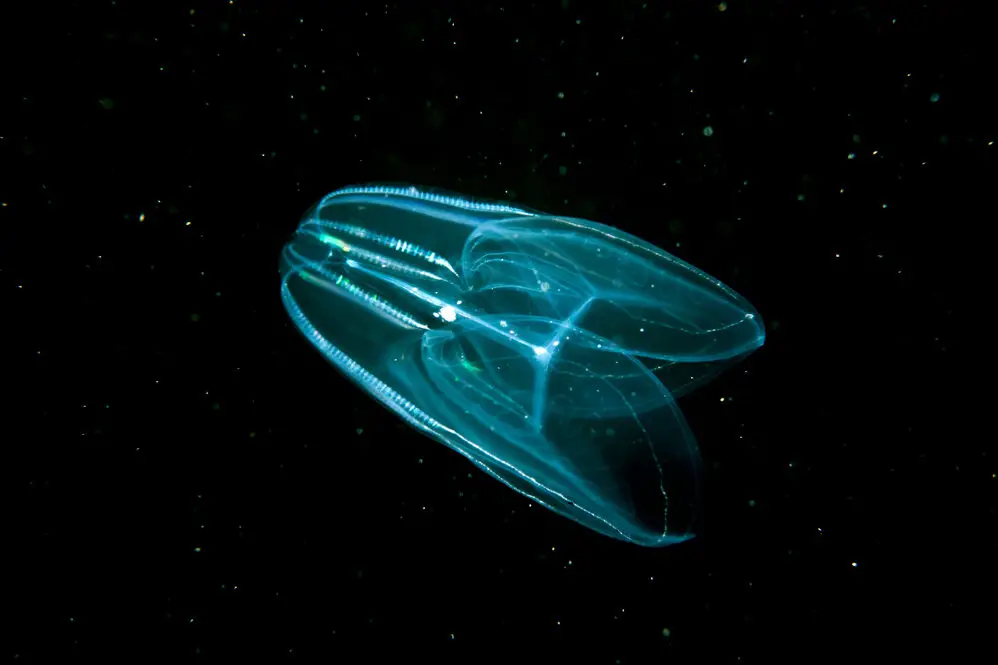
Comb jellies, with their ethereal glow and mesmerizing movements, might look like they belong in a sci-fi movie, but their biology is equally captivating. Unlike most animals, comb jellies can lose their rudimentary brain-like structures and regenerate them with relative ease. While they don’t have a true brain, they possess a nerve net that acts as their central nervous system, which can regrow entirely if damaged.
This ability makes scientists question what constitutes a “brain” and how such systems can adapt and recover. Despite their alien-like appearance, comb jellies are proving to be crucial in understanding neural regeneration and evolution. Their ability to regrow their neural structures hints at the ocean’s untapped mysteries. Don’t underestimate these shimmering sea creatures—they’re rewriting the rules of neuroscience!


